Mento's Alternative to E3 2015: Day 0
By Mento 1 Comments
Welcome all, to the newest series of "Mento's Alternative to E3", a series which is an alternate to... you know what, today's been long enough with all these conferences for me to toss a bunch of tautology your way. Let's cut to the chase and say that I always put these things together to give people something to read that doesn't involve investing time and effort in the news and hype coming from E3. All those announcements and teasers can be a little much after a while.
Beginning with last year's Legend Entertainment look-ins, I'm now building this four-day series around a unifying theme. This year, I'm going to look at a few N64 platformers that, like almost any 3D platformer, followed Super Mario 64's trendsetting example. I covered Super Mario 64 to a comprehensive, almost-worrying extent a few weeks ago and will probably follow it up with some additional unabridged examinations of other paragons of the genre as we all wait with bated breath for the eventual Yooka-Laylee release. (It's an SEO thing.) The four games I'm going to cover this week, though... well, they're all fine games from a certain point of view, but perhaps not the sort of thing I'd be willing to go over with a fine-tooth comb to the same degree as Super Mario 64. Still, never say never.
Instead, we're giving these four games little LP/Brief Jaunt doodads, as has been my custom for the last year or so. Hope you enjoy, and that it helps keep that noisy E3 palaver out of your heads for a little while.
Chameleon Twist
While extraordinarily rough to look at these days, Chameleon Twist is one of the games that followed Super Mario 64 that was almost able to match its pioneer spirit, if not its generally high quality gameplay and presentation. SunSoft published the game in the US and Europe and is the big name attached to it, but the developers were actually the obscure Japan System Supply - a mundane name that betrays nothing of their one noteworthy game's creativity. In fact, their only other US-published game is Power Quest: a robot brawler for the GBC that resembles Custom Robo or Gotcha Force.
Yet, even though the game has its issues, there's something inherently unique to it that captured the spirit of the N64 age and would be endemic to what seems to occur to every Nintendo console since: that they would never see again the sort of third-party presence the Nintendo and Super Nintendo all but monopolized, but still saw its fair share of bizarre curios that helped establish each console's eccentric personality and cultish appeal.
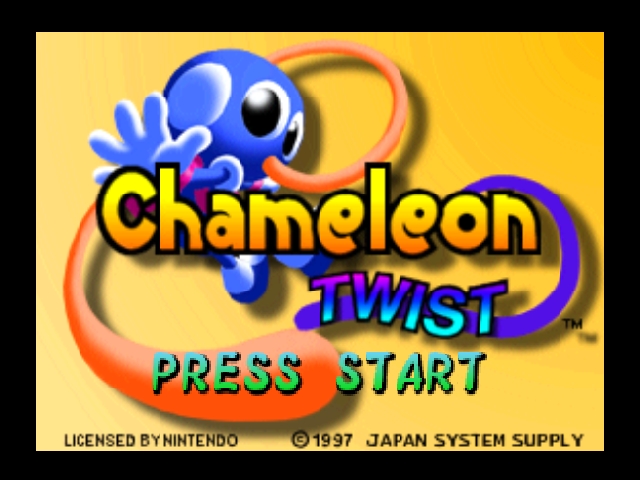
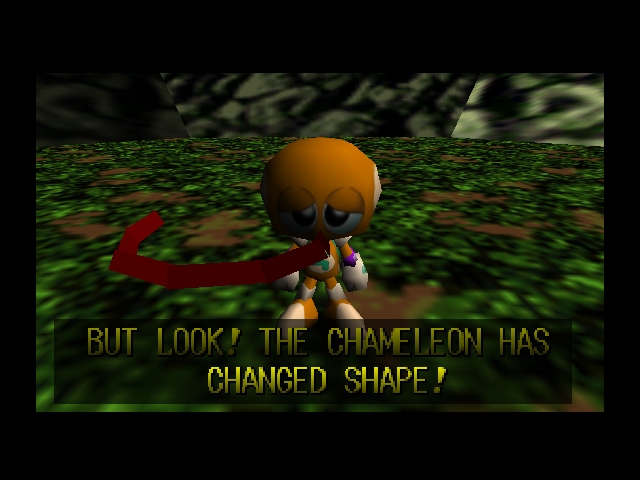
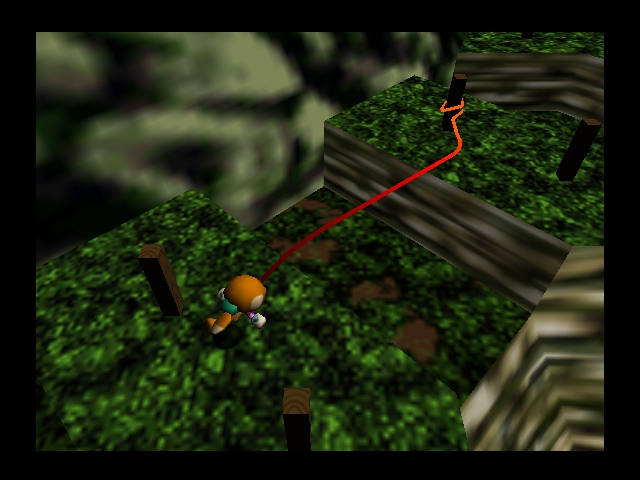
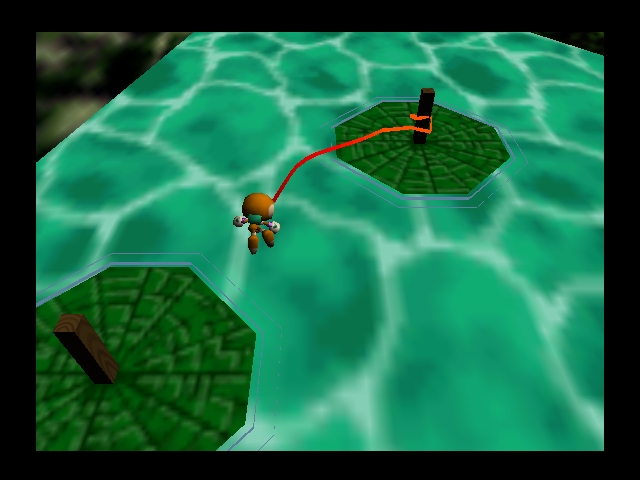
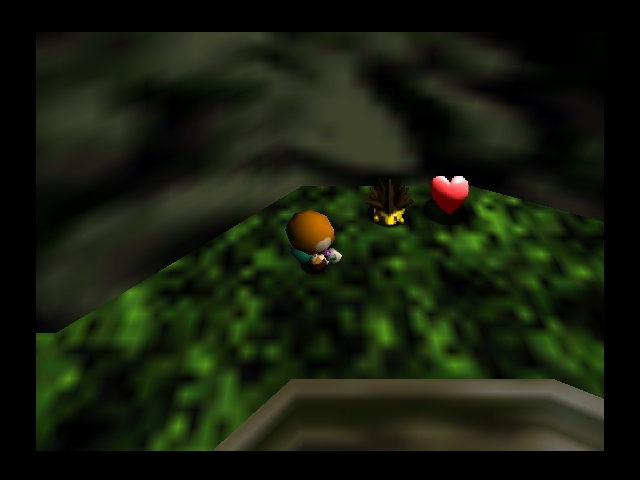
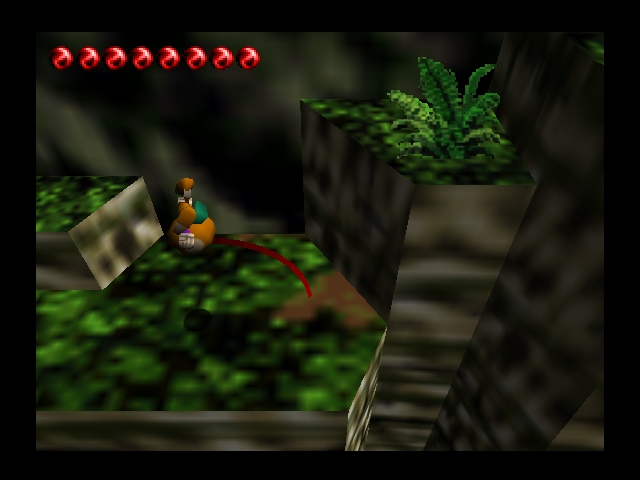
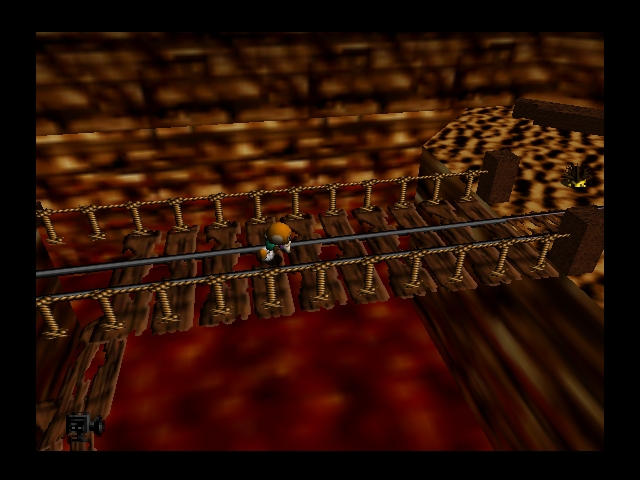
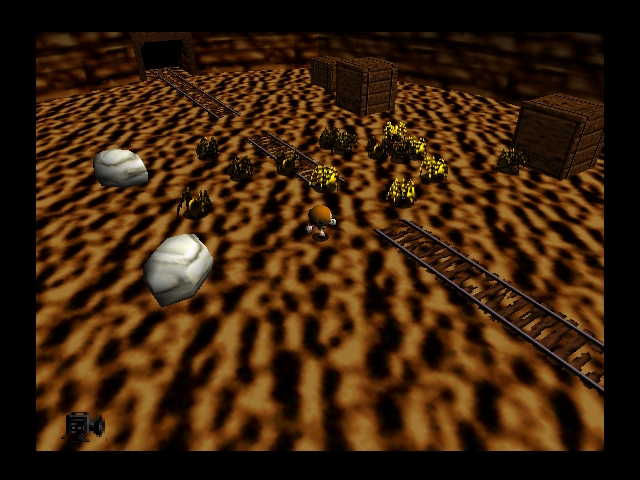
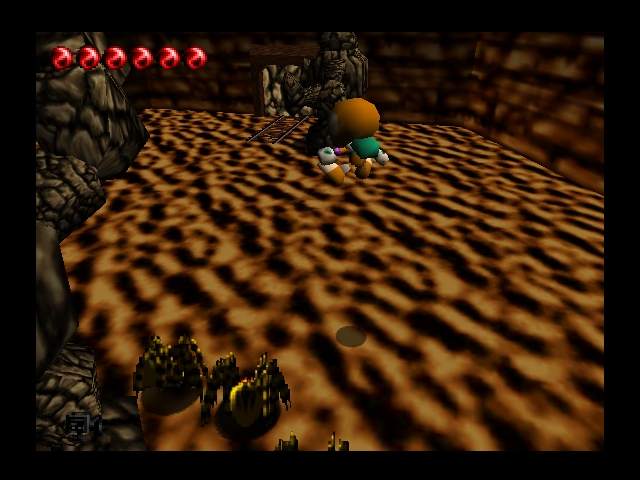
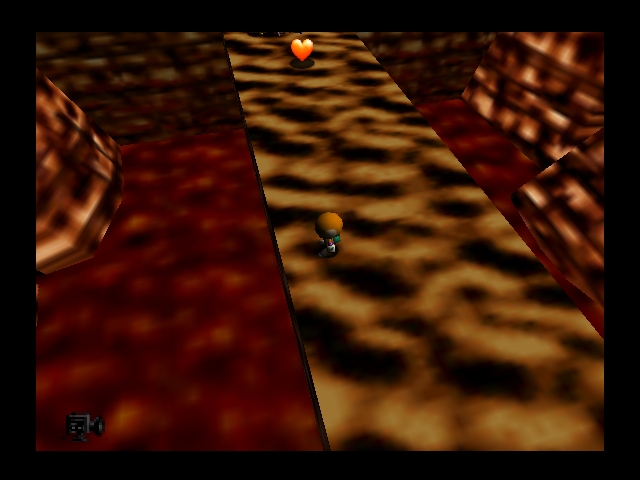
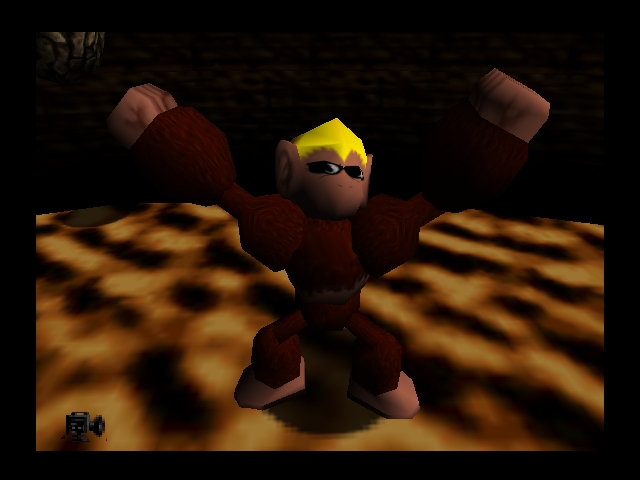
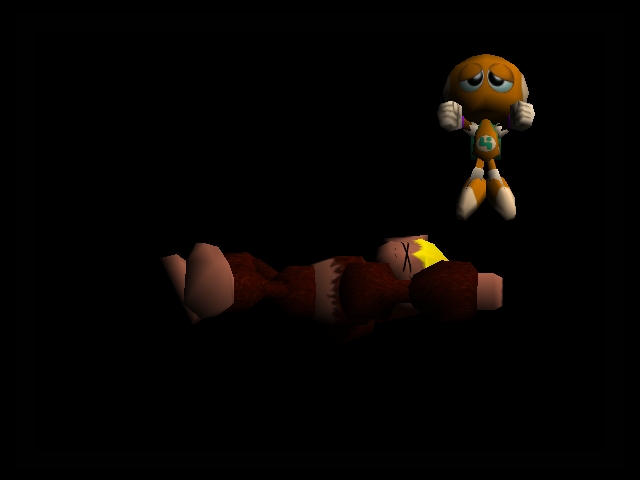
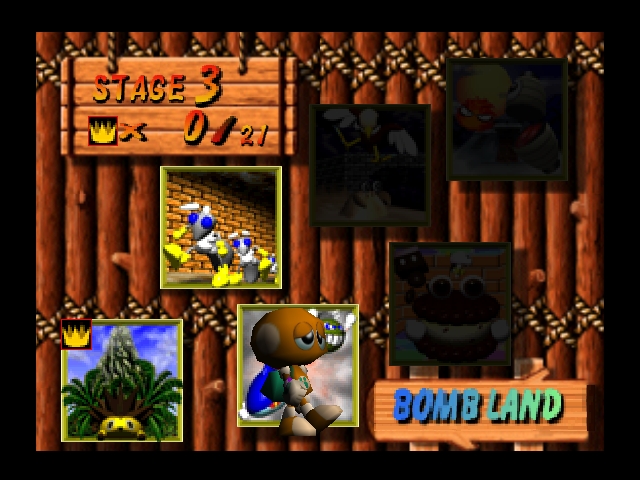
Anyway, that's Chameleon Twist in a nutshell. It sort of blows its wad early, figuratively speaking, by introducing all the game's mechanics in its first world and simply having every subsequent world require the player to use those same abilities to overcome increasingly challenging scenarios. We know how to use the tongue and a grapple point to swing around to a far platform, for instance, so now the game will find ways to make using that technique more precarious/precise. It's a compact game, by necessity, but it's also no pushover. There's also the matter of the other bosses too; all of which have their own special rules for defeating them.
Chameleon Twist is, as stated, the sort of game that would go on to exemplify not only the N64 but the Nintendo systems that followed. Games like Chibi-Robo, or Elebits, or Zack & Wiki: that kind of specifically and unapologetically Japanese game with a family-friendly cutesy aesthetic meshed with utterly bizarre mechanics and/or premise that governs its gameplay. More importantly: while it borrowed a few elements, it wasn't simply another Super Mario 64. In fact, with the exception of its sequel, there really isn't anything else like it.
| Day 0: Chameleon Twist | Day 1: Mystical Ninja Starring Goemon |
| Day 2: Space Station Silicon Valley | Day 3: Donkey Kong 64 |
